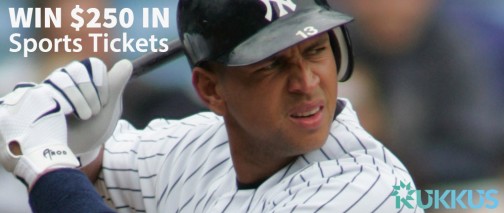BBTF links to a 6-4-2 post about transparency in the Hall of Fame vote:
It is probably not too strong to suggest that Darren Viola’s Hall of Fame Ballot Collecting Gizmo — an annual event for a number of years now — has sparked a dialogue about transparency in BBWAA voting that is vastly overdue.
The question the BBWAA faces is should all ballots be public. In politics, ballots tend to be secret when everyone is involved, and the secret ballot is used to prevent retribution from voting a certain way. Public ballots are used when representatives of groups are voting. That way the citizens represented know if their desires are being met. In the latter case, secret ballots are sometimes used to take retribution on public ballots.
So are BBWAA members like the voting public, who should be able to cast a ballot secretly so that they cannot be coerced to change their position or punished fro the one they take, or like representatives who must faith the wrath of their constituents because of their public votes?
While not elected, sports writers do work at the pleasure of the public. A writer who brings in a large number of readers will last longer in the business than one who doesn’t. Since the BBWAA requires a long tenure before one can vote, a member is someone with public approval.
On the other hand, if a writer wants to make a principled stand on the Hall of Fame, why should they be subjected to ridicule for that vote? It a large voting body, and in general one vote here or there does not make a difference. Fans (and writers, it seems) think there is something beyond the 75% threshold for election. Is Greg Maddux less of a Hall of Famer because he wasn’t voted in unanimously? Are Jim Rice and Bert Blyleven lesser Hall of Famers because they weren’t elected on the first ballot. As much as people complain about the level of talent in the Hall, all that matters is that you pass the 75% threshold at some point. The player gets the same ceremony, gets to make the same speech, gets forever to be known as a Hall of Famer. Who really cares if someone is left off the ballot?
The clear answer from years of reading about these controversies and being bothered by them my self is that the fans do see the writers as their representatives. They want to know how their local and national writers think. If someone leaves Greg Maddux off a Hall of Fame ballot, there’s good reason to believe that writer has a screw loose. If you can’t recognize that kind of once in a lifetime talent, why do you have a ballot? If fans want to go after writers over candidates like Bert Blyleven and Jack Morris, more power to them. We’ll wind up with a better group of players in the Hall.
So I come down on the side of Repoz:
Or as I told Rob…“I think the MLB Network should have a 3-hr show of all HOF ballots being opened…with a Sammy Petrillo-type host using a magic wall.”
Go for it. I would add having Brian Kenny and Harold Reynolds take what they consider the most egregious ballots and grill those voters on their choices. That would be great television, and we all might learn something.


